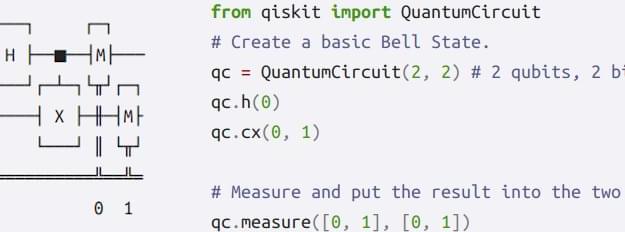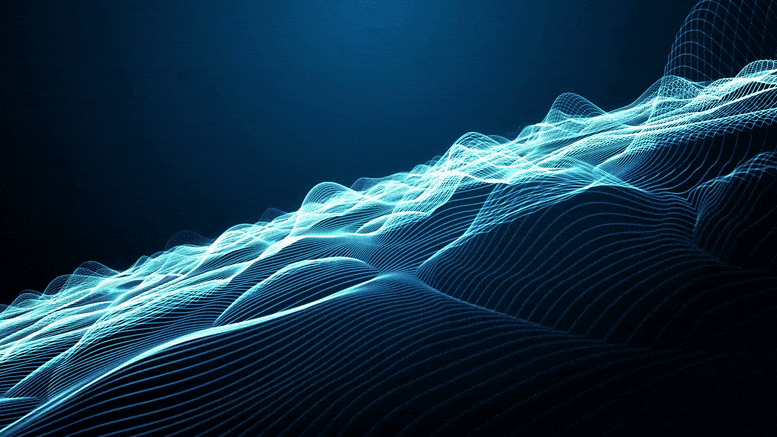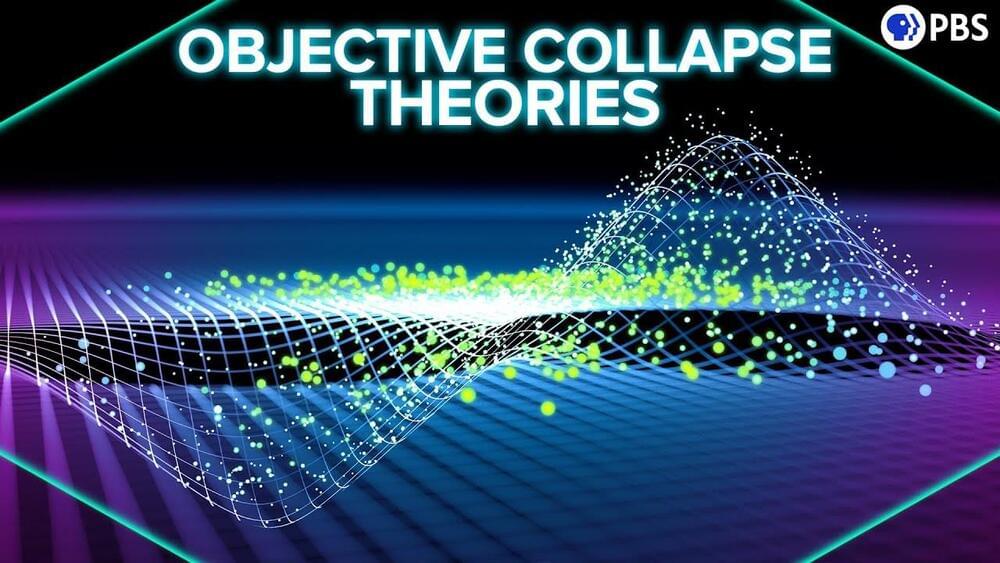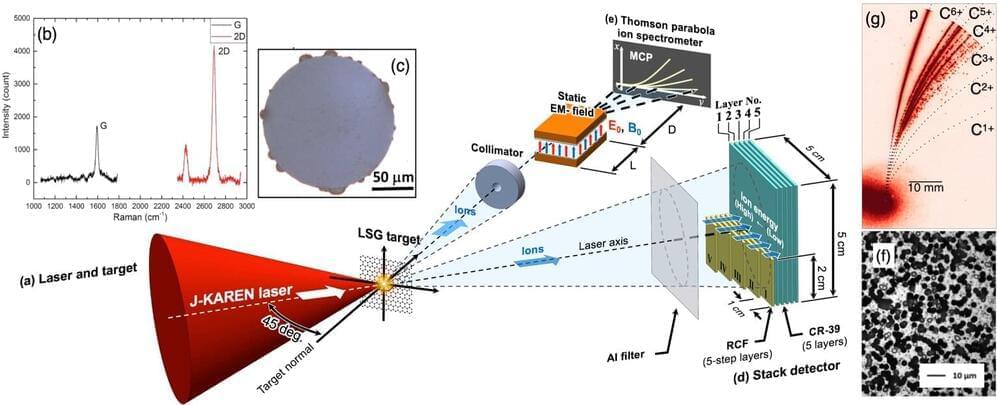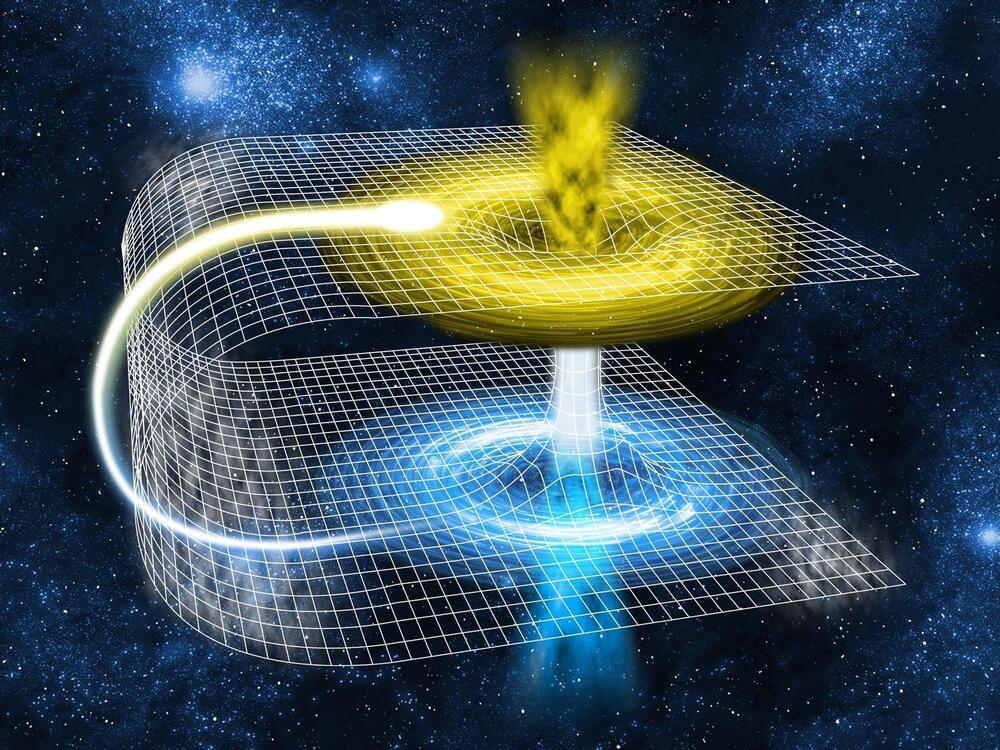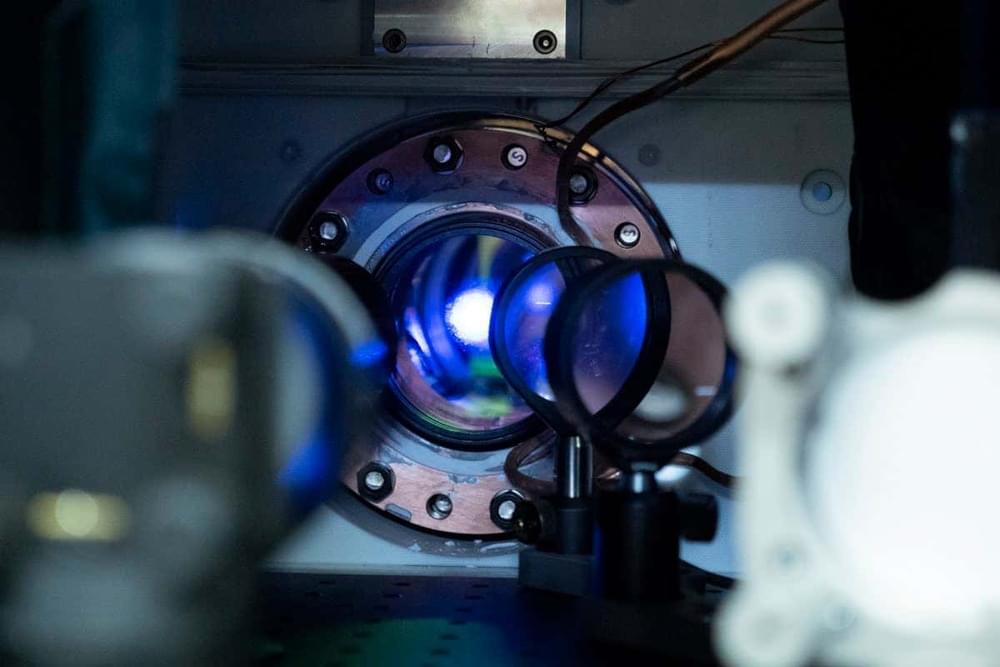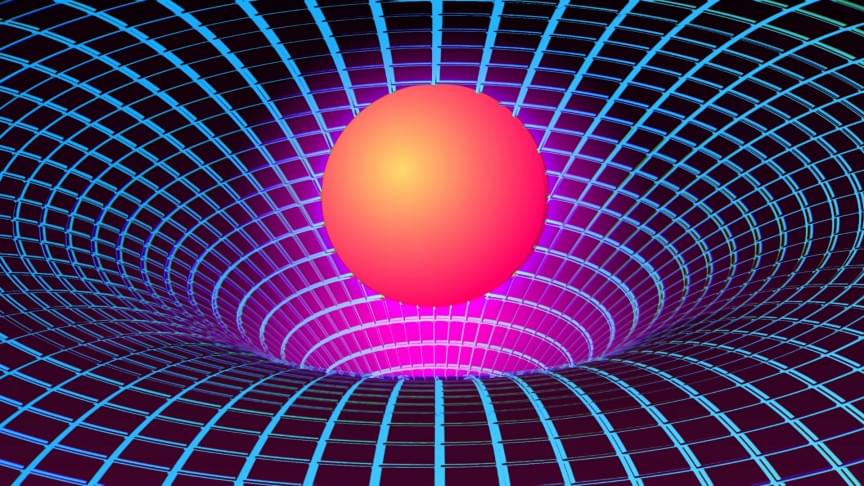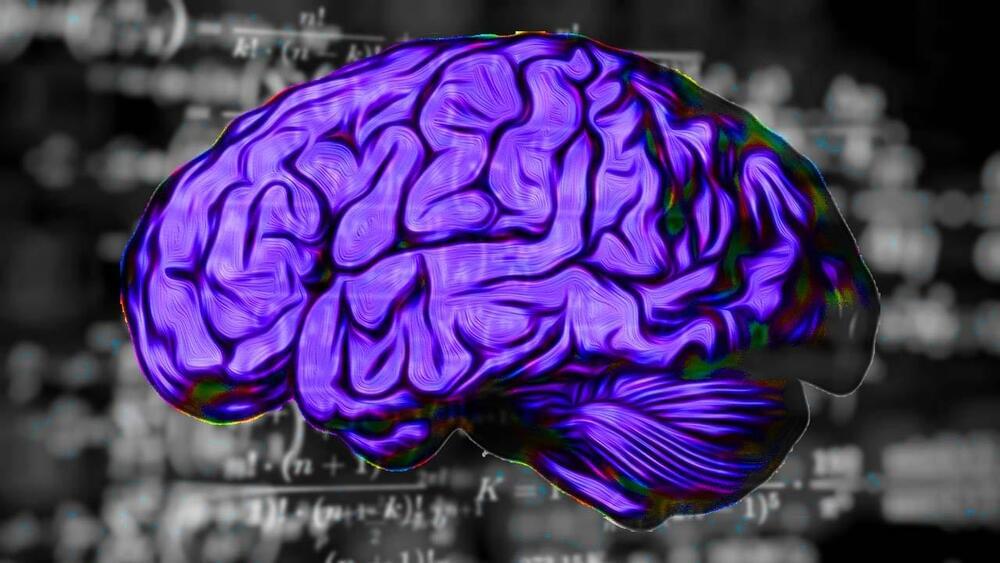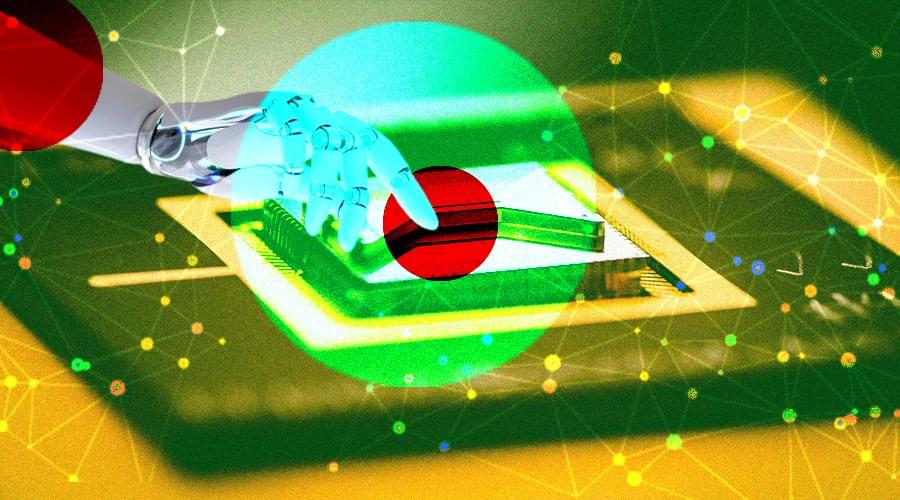Feb 18, 2022
China releases new quantum computing software
Posted by Kelvin Dafiaghor in categories: computing, quantum physics
BEIJING, Feb. 17 (Xinhua) — China has released a new quantum computing programming software named “isQ-Core” and deployed it to the country’s superconducting quantum hardware platform.
It represents a significant step forward in the combination of home-grown quantum computing hardware and software, said its primary developer, the Institute of Software under the Chinese Academy of Sciences (CAS).
According to the institute, the isQ-Core has the advantages of simplicity, ease-of-use, high efficiency, solid scalability, and high reliability.

